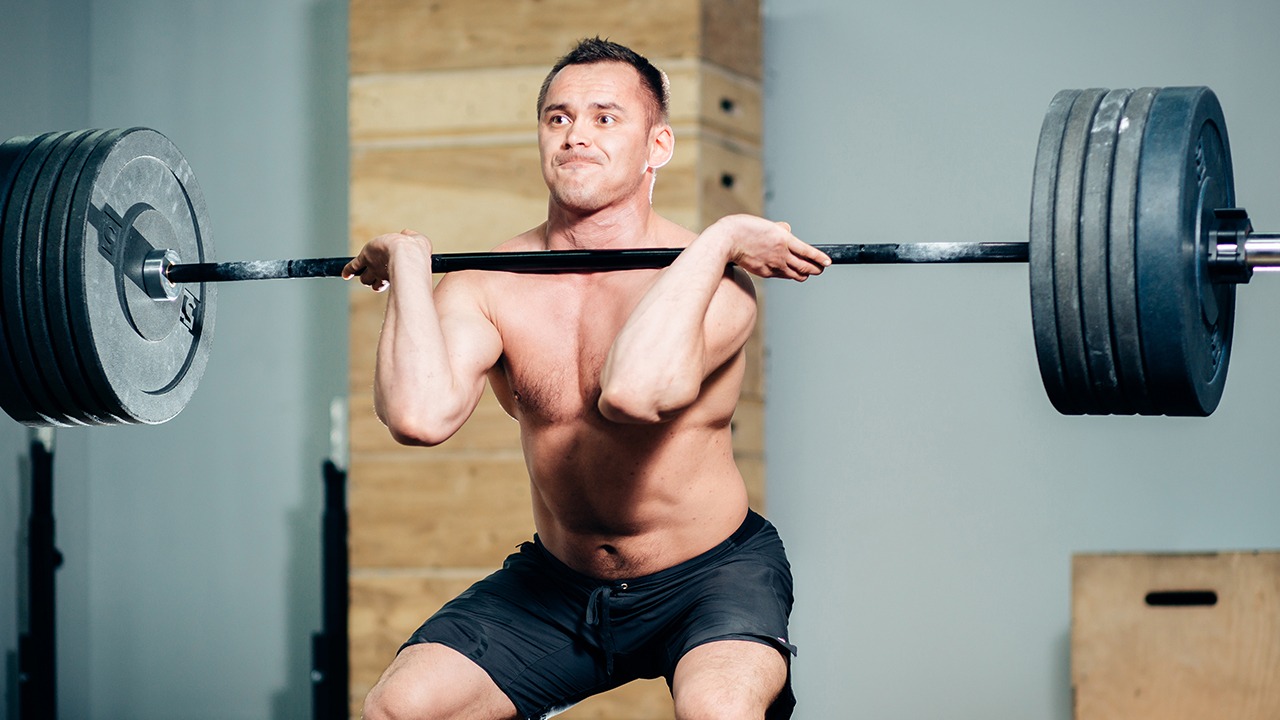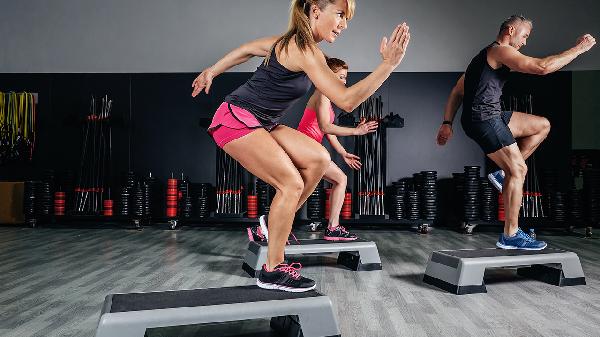Whether you're a newbie hitting the pavement for the first time or a seasoned marathoner logging serious miles, muscle cramps don’t discriminate. They’ll sneak up on you mid-stride, turning your smooth jog into a hobbled mess—calves, quads, even those random abdominal muscles you forgot existed. The culprits? Dehydration, electrolyte imbalance, or just plain old muscle fatigue. But here’s the good news: cramps might slow you down, but they don’t have to stop you. With the right stretches and a little know-how, you can shake them off and get back to crushing your run.
Why Do Runners Get Cramps Anyway?
uncontrollable spasms that lock up without warning. For runners, the usual suspects include dehydration (skimping on water is a rookie mistake), electrolyte depletion (sweating out all your sodium and potassium isn’t a flex), and overworked muscles (pushing too hard too fast). Heat plays a role too—ever notice how cramps love to strike during summer runs? Your body’s working overtime to cool itself, and sometimes, muscles just nope out. The key takeaway? Cramps aren’t a sign of weakness; they’re your body’s way of saying, “Hey, let’s tweak a few things.”
The Instant Fix: Three Stretches to Save Your Run
When a cramp hits, stopping to stretch might feel like admitting defeat—but trust us, it’s a power move. Steve Stonehouse, a NASM-certified trainer and running guru, swears by these three stretches to reboot cramped muscles:
Calf Crusher: Find a curb or step. Stand with the balls of your feet on the edge, heels hanging off. Slowly lower one heel until you feel a deep stretch in your calf (the cramp might protest at first—stay strong). Hold for 20 seconds, switch sides. This targets those notorious calf cramps mid-run.
Quad Quencher: Grab a park bench or tree for balance. Pull one foot toward your glutes, keeping your knees close together. Push your hip forward slightly to intensify the stretch. Hold for 15–20 seconds per leg. Ideal for when your thighs decide to stage a rebellion.
Hamstring Houdini: Sit on the ground, one leg extended, the other bent with the sole of your foot against your inner thigh. Lean forward from the hips (no rounding the back!) toward your outstretched foot. Hold for 20–30 seconds. A lifesaver for tight hamstrings that threaten to cramp post-hill repeats.
Prevention > Cure: How to Keep Cramps at Bay
Stretching is great for damage control, but avoiding cramps altogether? That’s the dream. Start with hydration—not just chugging water right before your run, but consistent intake throughout the day. Electrolytes matter too: toss a pinch of salt in your water or snack on a banana pre-run. Warm-ups are non-negotiable; dynamic stretches (leg swings, walking lunges) prep your muscles for action. And pacing? Don’t go from couch to 5K speed on day one. Build mileage gradually to avoid shocking your system.
When to Worry (Spoiler: Rarely)
Most cramps are harmless, but if you’re dealing with constant spasms, severe pain, or swelling, it’s time to see a doc. Same if cramps strike when you’re not running—could signal an underlying issue like poor circulation or nerve compression. But for the average runner? A well-timed stretch and smarter training will keep you moving.
So next time a cramp tries to sabotage your run, don’t panic. You’ve got the tools to outsmart it. Lace up, hydrate, and remember—even elite runners deal with this nonsense. The difference? They know how to shake it off and keep striding.
























